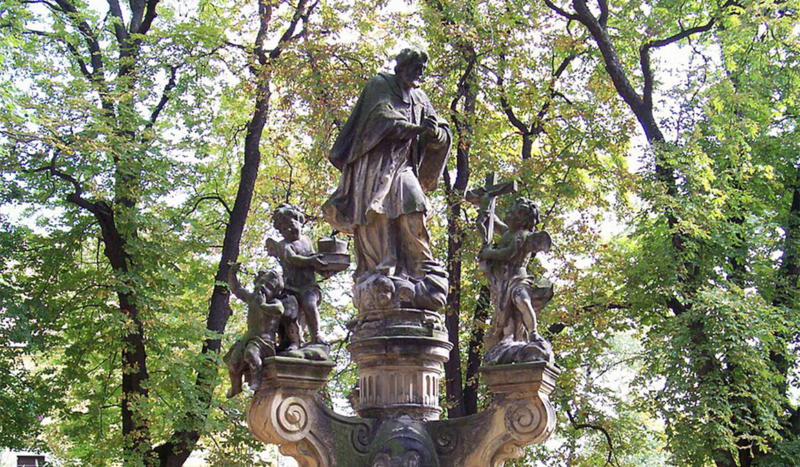
ToAr / Wikimedia Commons
CV NEWS FEED // St. Peter Damian, a bishop, a Doctor of the Church, and the founder of the Gregorian Reform movement, was born the youngest into a poor noble family in Ravenna, Italy, in 1007. His feast day is celebrated Feb. 21.
According to Catholic Online, St. Peter’s parents passed away when he was young. After their death, Peter moved in with one of his brothers, who forced him to become a swineherd, treating him more like a slave than a kinsman. Another one of his brothers, an archpriest of Ravenna, took him in and educated him. This brother’s name was Damian, and it is generally accepted that St. Peter took his brother’s name along with his own.
Peter was sent to school in Faenza and then to Parma. He was considered a bright student who excelled in his studies. Once he was finished with his education, he became a teacher. While at school, he took up a life of prayer and penance, giving alms and serving the poor.
Peter left the scholarly world, discerning the monastic life at a seminary for 40 days in a small cell. After his time of discernment was up, Peter accepted his habit and became a monk at the monastery of Fonte Avellana for the Camaldolese Order, who were known for their austerity.
As a monk, Peter lived a life of seclusion, prayer, and penance, which ultimately degraded his health, My Catholic Life accounts. At the age of 35, upon his superior’s death, he was named prior of the monastery against his will. According to New Advent, Saint Peter, as prior, founded and governed five other hermitages at San Severino, Gamugno, Acerata, Murciana, San Salvatore, Sitria, and Ocri.
The Vatican states that St. Peter Damian served as a papal ambassador and confidant to many popes, including Stephen IX, Nicholas II, Gregory VII, and Alexander II. In 1057, Pope Stephen IX convinced him to become Cardinal-bishop of Ostia. In that position, he worked to rid the Church of simony, the buying and selling of church offices and holy items. He also encouraged priests to live out their vow of chastity and urged clergy to live a life of prayer and religious observance.
My Catholic Life states that Saint Peter became known for his leading role in the Gregorian Reform and in 1059 he participated in the Lateran synod which gave only cardinals the power to elect the future popes of Rome.
Fransiscan Media writes that St. Peter Damian wrote more than 170 letters along with sermons and the biography of Saint Romuald.
With the permission of Pope Alexander II, St. Peter Damian retired from his office, back to his monastery at Fonte Avellana, where he died after succumbing to fever on Feb. 22, 1072. Pope Leo XII declared him as a Doctor of the Church on Sept. 27, 1828.

